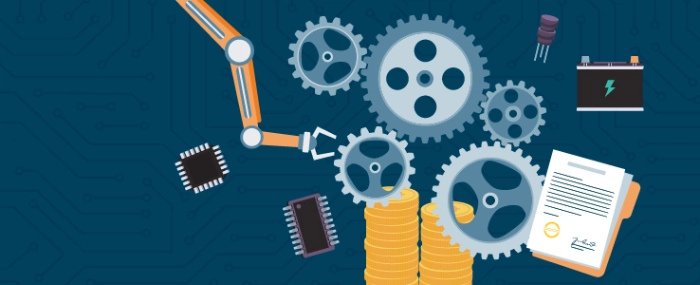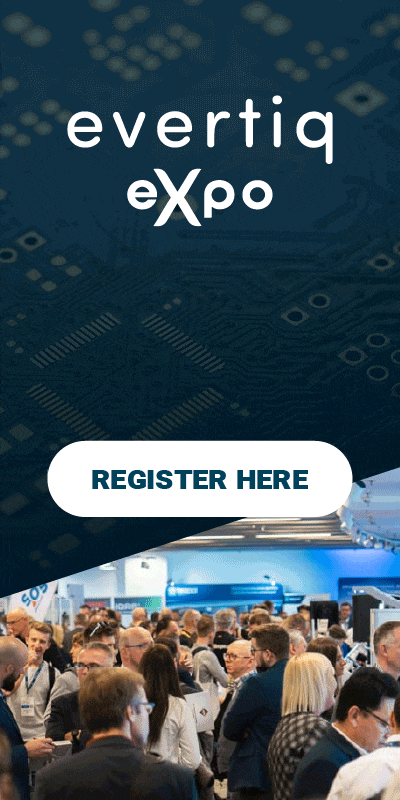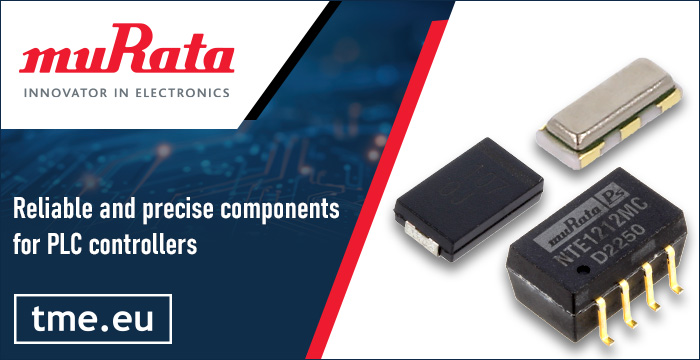
IoT and connectivity choices: not just about cost
The Internet of Things (IoT) is no longer the domain of futuristic visions — it has become a tangible, widespread element of everyday life, from smart homes and modern cities to industrial and logistics applications. At the core of this ecosystem are communication technologies that enable data exchange between devices. Dr Łukasz Krzak from the AGH University of Science and Technology in Kraków spoke to Evertiq about the trends and challenges shaping the selection of these technologies.
Cost matters — but it’s not the only consideration
“I don’t think it’s controversial to say that decisions are often made with cost minimisation in mind — though what that actually means can vary widely depending on the business,” Dr Krzak tells Evertiq.
In large-scale projects, such as urban infrastructure, reducing costs typically means reducing risk. As a result, local governments often opt for solutions provided by mobile network operators — despite their higher implementation and maintenance costs. In contrast, where budgets are tighter, more popular and affordable options such as LoRaWAN are often chosen.
“Technologies like LoRaWAN are used even where other standards would be a better technical fit,” he notes.
In consumer applications, such as home automation, the performance-to-cost ratio becomes a key factor. Technologies are selected for how well they meet the needs of a specific use case — for example, mesh networks may be chosen where low latency and reliable performance in complex environments are essential.
Mature technologies, still evolving
Low Power Wide Area Networks (LPWAN) and mesh networks are now widely adopted in both urban and industrial environments. Are these technologies fully mature? Dr Krzak believes they are.
“Both types of networks are well-developed and come with a wealth of experience. We can definitely talk about technological maturity here.”
That said, development continues. “This doesn’t mean there aren’t new functions, features or entirely new solutions being introduced. Research and development are ongoing. It’s more of an evolutionary process than a revolutionary one.”
5G and satellites won’t replace everything
The rapid growth of 5G and satellite communications might suggest that low-power alternatives are becoming obsolete — but the reality is more nuanced.
“We have to remember that 5G, for all its benefits, isn’t available everywhere — and it won’t always be economically viable for operators to provide it,” says Dr Krzak. “It also incurs relatively high costs, which make it unsuitable for many use cases.”
The same applies to satellite communications. “The history of connectivity shows just how difficult it is to create a single standard that meets all needs. That’s why we see such a fragmented technology landscape today.”
It’s this diversity of needs — from water meter readings to city traffic management — that ensures a wide range of technological solutions will continue to coexist.
Scalability — the overlooked factor
Scalability is one of the most frequently overlooked elements in IoT system design — the ability of a system to grow and adapt over time.
“These technologies are often highly tailored to their applications and operate with limited headroom in terms of range, cost and energy,” explains Dr Krzak.
A common mistake is testing systems only under laboratory conditions. “With radio communications, almost everything works on a bench. But when a system is deployed at scale, in real environments, with complex surroundings and other systems nearby, limitations begin to emerge.”
That’s why it's important to plan from the outset for future scenarios — more devices, more data, or interaction with neighbouring infrastructure.
Integration, yes — unification, not necessarily
Are we heading towards standardisation and simplification of today’s diverse IoT technology landscape? In some areas, yes — but mainly at the application layer.
“We’re already seeing unification, but it’s happening higher up the stack,” Dr Krzak says. “Many connectivity subsystems are being integrated at the application level.”
He points to the Matter protocol for home automation and MQTT as a cloud communication standard. An increasing number of IoT platforms support these, making it easier to build interoperable systems.
However, significant unification at the network or physical layer remains unlikely. “Personally, I don’t believe we’ll see widespread standardisation at the radio link level any time soon.”
Informed decisions in a complex market
Choosing the right communication technology for an IoT system involves more than a simple cost comparison. Factors such as scalability, security, regulatory compliance, technological maturity and performance all need to be considered.
“The market will remain fragmented. System designers must learn to navigate this multi-layered landscape and make informed decisions,” Dr Krzak concludes. “Some organisations understand the strengths and limitations of each technology and make better decisions as a result. Others fall for marketing claims and only discover the issues during their first deployments.”
Dr Łukasz Krzak will be speaking at the upcoming Evertiq Expo Kraków 2025. His presentation will offer a technical comparison of two key wireless technologies used in IoT systems: LPWAN and mesh networks. Don’t miss the session “LPWAN and MESH wireless networks – a technology comparison” on 28 May at EXPO Kraków.



